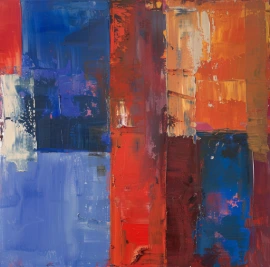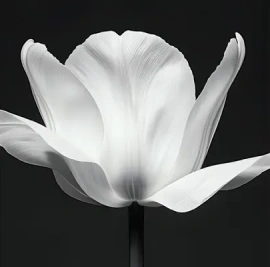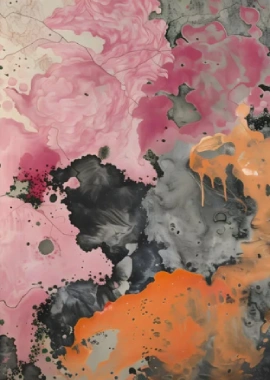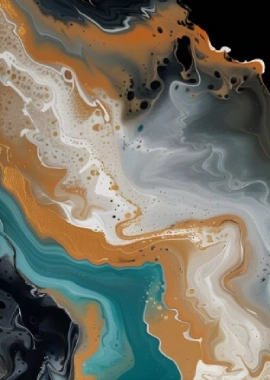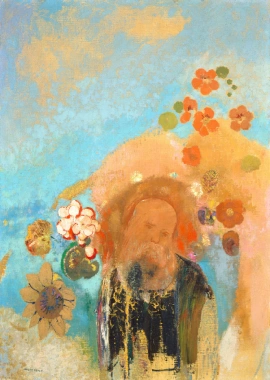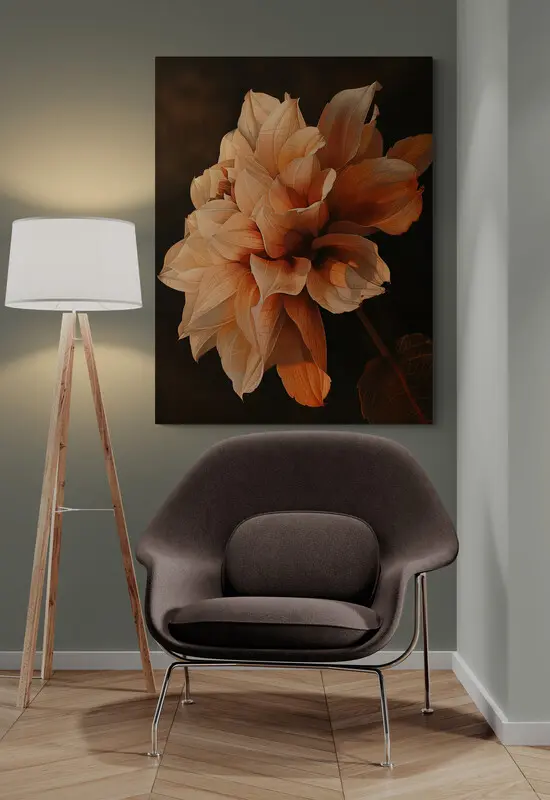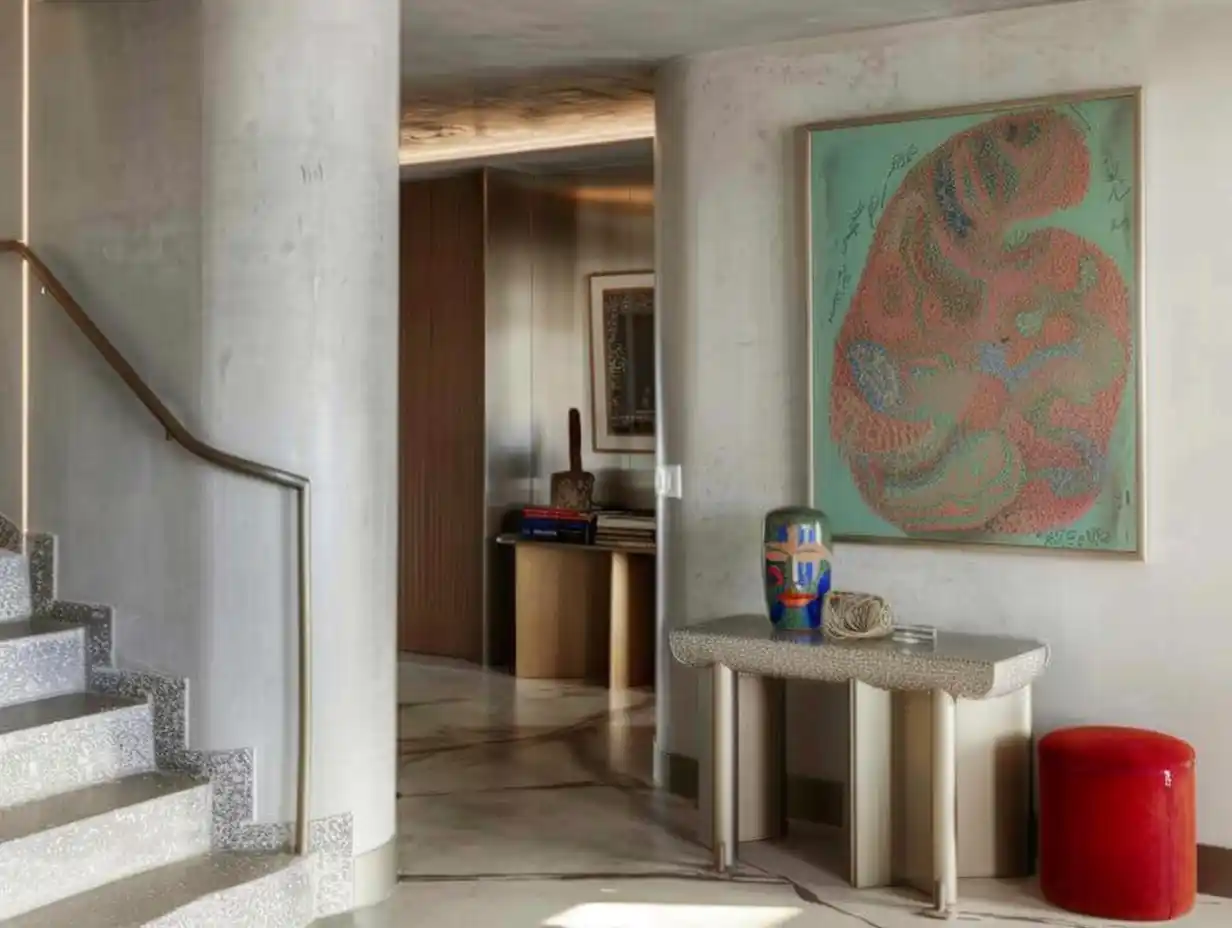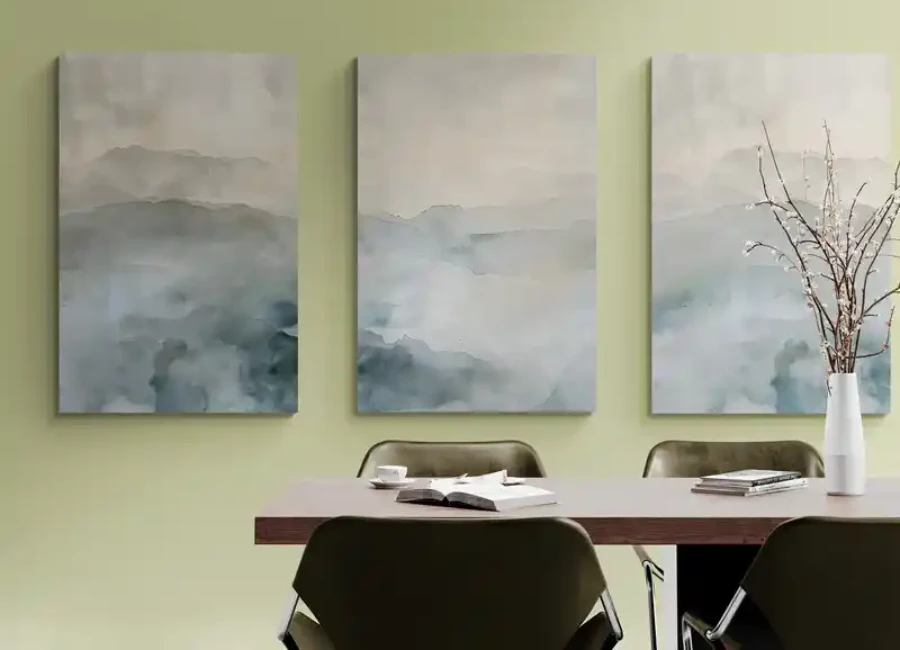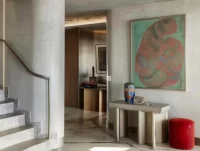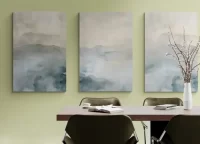Hey there, my fellow homeowners and decor enthusiasts! Let’s dive into a topic that’s been sparking heated discussions in households everywhere – the eternal dilemma of whether to hire an interior designer or channel your inner DIY goddess (or god) and take matters into your own hands. Believe me, I’ve been there, done that, and have the battle scars (and stunning living spaces) to prove it.
Now, before we get into the nitty-gritty, let me set the stage with a little personal anecdote. You know how some people have a knack for interior design, effortlessly transforming spaces into magazine-worthy masterpieces? Yeah, well, that’s not me. I’m more of a “accidentally buy mismatched furniture and end up with a hodgepodge of chaos” kind of gal. But hey, that’s part of the charm, right?
The soul of a home resides in the heart of the one who designs it. Whether you enlist a professional maestro or conduct your own creative symphony, the true beauty lies in filling your sanctuary with the notes of your unique melody.
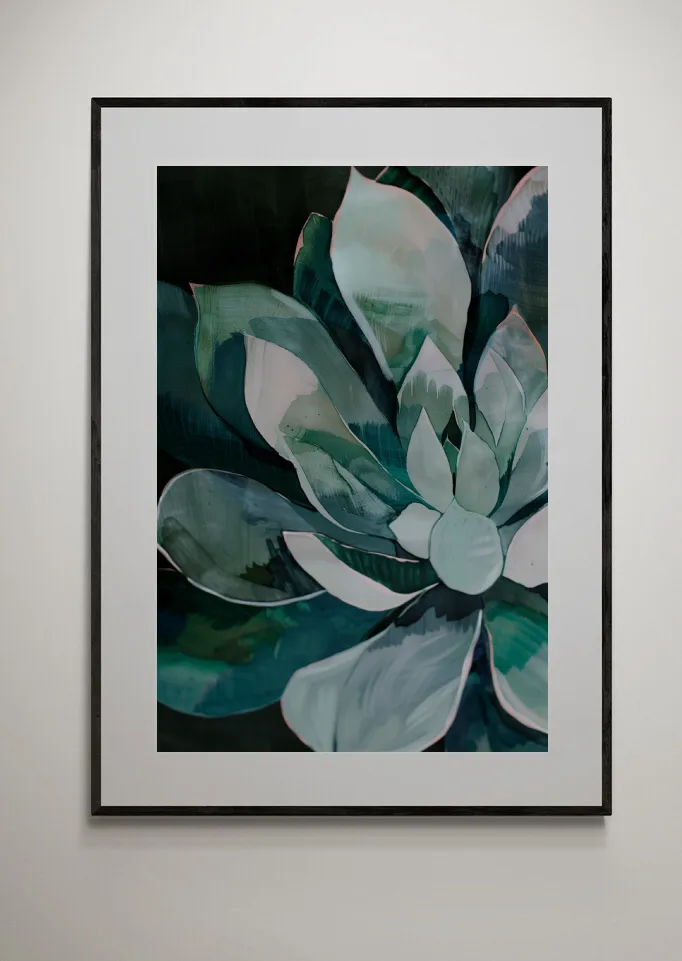

The Pros of a DIY Interior Design Approach
Alright, let’s talk about the allure of the DIY route. First and foremost, we can’t ignore the cost savings. By avoiding those pesky professional fees, you can allocate more funds towards splurging on that sumptuous velvet sofa or that statement chandelier you’ve been eyeing. Who doesn’t love a little extra cash in their pockets?
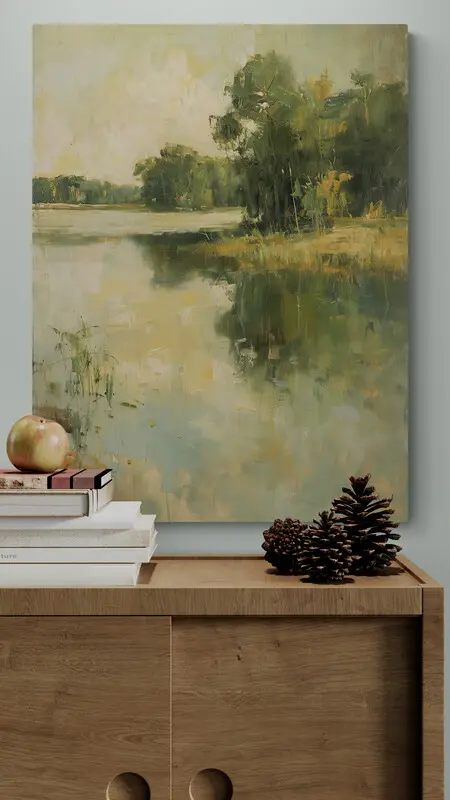
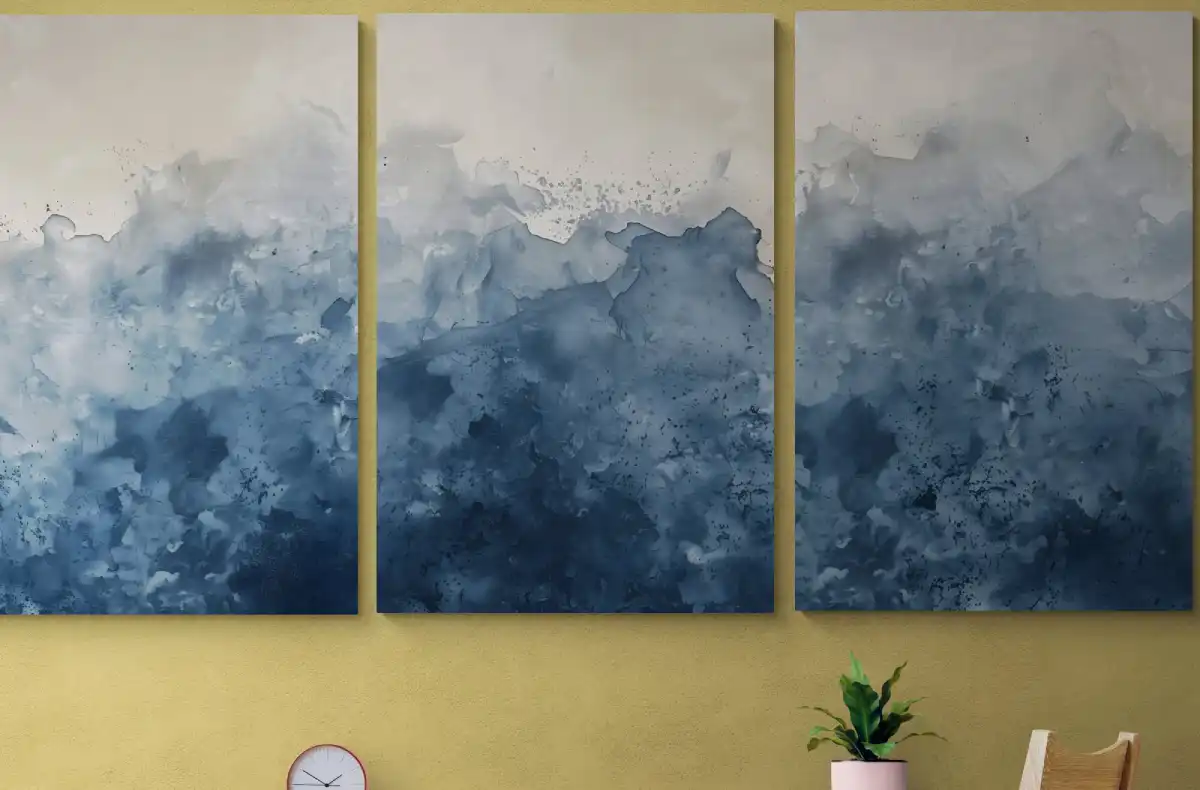
But it’s not just about the money, my friends. When you take on the role of your own interior designer, you have complete creative freedom. From color schemes to furniture placement, you get to call all the shots without having to compromise your unique vision. It’s like having your own personal artistic playground, where you can unleash your inner Picasso (or van Gogh, if you’re feeling a little more avant-garde).
And let’s not forget the unparalleled sense of accomplishment that comes with successfully completing a DIY interior design project. There’s something incredibly satisfying about stepping back and admiring your hard work and personal touch reflected in your living spaces. It’s like a little dose of dopamine straight to your decor-loving brain.
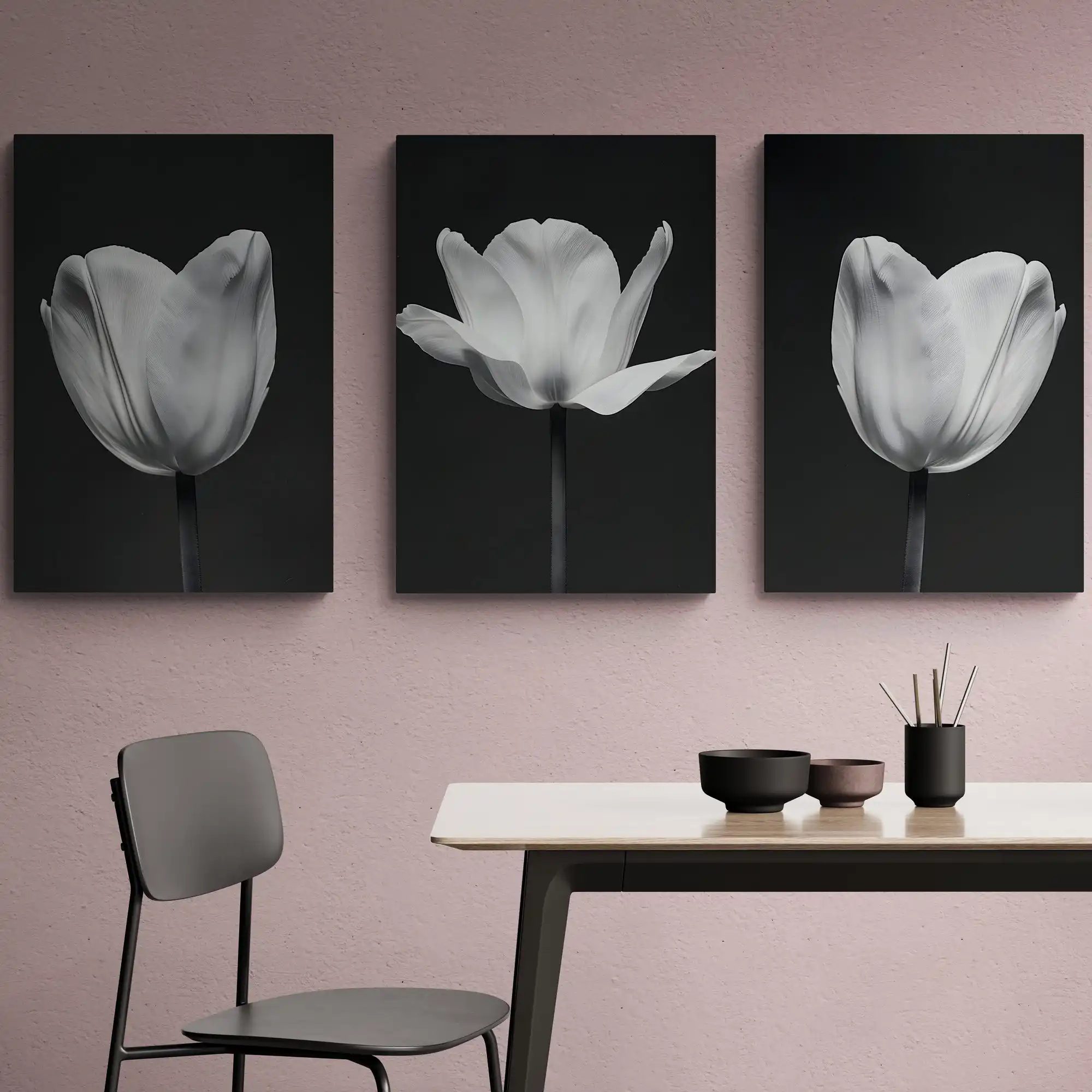
The Cons of Hiring an Interior Designer
Now, let’s take a moment to acknowledge the potential drawbacks of hiring a professional interior designer. First up, we have the cost factor. Designers don’t come cheap, my friends. They typically charge by the hour or project, which can quickly add up, especially if you’re working with a limited budget. It’s like buying a designer handbag – sure, it’s fabulous, but it might also mean skipping a few avocado toasts (or, you know, actual meals).
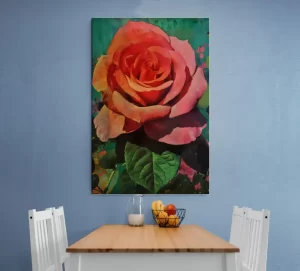
Then there’s the issue of lack of control. When you hire a designer, you’re essentially entrusting them with the creative direction of your living spaces. While most designers aim to incorporate your preferences, there’s always the risk of feeling disconnected from the final outcome if your vision isn’t accurately translated. It’s like handing over the reins to someone else and hoping they take you to the destination you envisioned. Another potential downside is limited resources. Professional designers often have access to exclusive resources, products, and trade discounts that may not be readily available to us mere mortals. This can potentially limit your options or lead to higher costs when sourcing materials on your own. It’s like being a kid in a candy store, but with a strict “look, but don’t touch” policy.
My Personal Experience: Embracing the DIY Spirit
Now, let me share a little tale from my own interior design adventures. I’ve had the opportunity to work with designers on a few occasions, and while the results were undoubtedly beautiful, I often felt disconnected from the process. The designer’s vision, while expertly executed, didn’t always resonate with my personal style and preferences. It was like having a beautiful outfit picked out for me, but not quite fitting my unique sense of fashion.
On the other hand, my DIY interior design projects have been incredibly rewarding. Sure, there were challenges along the way – from sourcing materials to navigating design decisions – but the sense of accomplishment and personal touch made it all worthwhile. It was like tackling a challenging puzzle, but with the satisfaction of seeing the final picture come together in your own unique way.
One of my most successful DIY endeavors was transforming our living room. I spent countless hours researching color palettes, furniture styles, and decor trends, carefully curating pieces that reflected our family’s personality. The result was a warm, inviting space that felt authentically “ours.” It was like stepping into a cozy cocoon of comfort and style, tailor-made to our specific tastes.
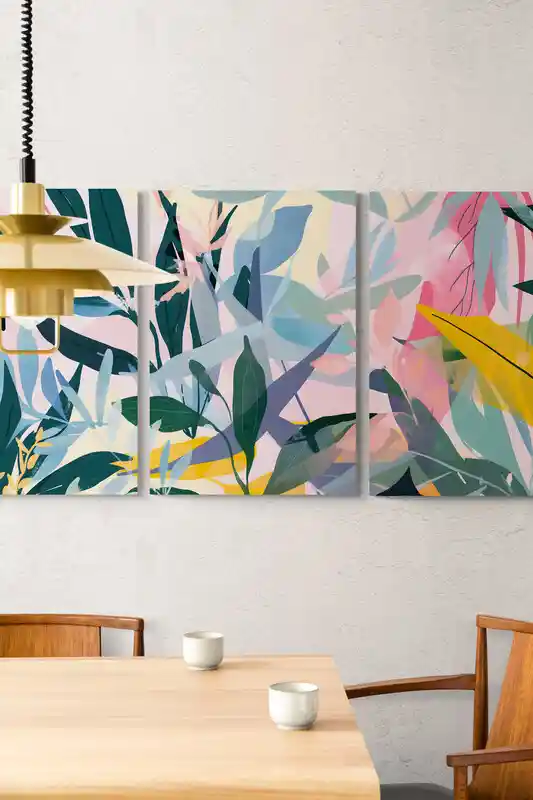
Whether to hire an interior designer or take the DIY approach is a common dilemma faced by homeowners. Here are the key points to consider:
- Cost Savings: Going the DIY route allows you to avoid hefty designer fees and allocate more funds towards furniture and decor.
- Creative Freedom: As your own designer, you have complete control over every design choice without compromising your unique vision.
- Sense of Accomplishment: Successfully completing a DIY interior design project provides an unmatched feeling of pride and satisfaction.
- Lack of Control: With a designer, there’s a risk of the final result not fully aligning with your personal tastes and preferences.
- Budget Considerations: Evaluate whether splurging on professional help or saving with DIY better suits your current financial situation.
Is It Worth Doing It Yourself?
Ultimately, the decision to hire an interior designer or take the DIY route comes down to your personal preferences, budget, and the level of involvement you desire. If cost is a significant factor and you have a clear vision for your living spaces, embracing a DIY approach can be incredibly rewarding.
However, if you find yourself overwhelmed by design decisions or lack the time and patience for a hands-on project, hiring a professional designer may be the wiser choice. They bring expertise, resources, and a trained eye that can elevate your living spaces in ways you may not have considered. It’s like having a trusted guide to navigate the sometimes overwhelming world of interior design.
For me, the DIY route has been incredibly fulfilling, allowing me to create living spaces that truly reflect my personal style and vision. But I recognize that this path isn’t for everyone. Whichever route you choose, the key is to approach your interior design project with a clear understanding of your preferences, budget, and the level of involvement you’re comfortable with.
So, whether you decide to hire a professional or embrace the DIY spirit, the most important thing is to create living spaces that inspire joy and make you feel truly at home. After all, that’s what interior design is all about – crafting an environment that nurtures your soul and celebrates your unique personality.
Frequently Asked Questions (FAQs)
Now, before we wrap things up, let’s address some of the burning questions that often arise when it comes to the interior design realm:
How much does it cost to interior design a house?
The cost of interior design can vary significantly depending on factors such as the size of your home, the extent of the project, and whether you hire a professional designer or take the DIY route. As a rough estimate, hiring an interior designer can cost anywhere from $2,000 to $10,000 or more, depending on their rates and the scope of work. On the other hand, a DIY approach can range from a few hundred dollars for minor updates to several thousand dollars for a more comprehensive renovation.
Is it worth getting an interior designer?
Whether it’s worth getting an interior designer depends on your specific needs, budget, and preferences. If you have a clear vision for your living spaces and are willing to invest time and effort into a DIY project, doing it yourself can be a rewarding and cost-effective option. However, if you’re short on time, overwhelmed by design decisions, or have a larger budget, hiring a professional can be invaluable in creating a cohesive and expertly executed design.
What is the point of interior designers?
The primary role of interior designers is to create functional, aesthetically pleasing, and harmonious living spaces that cater to their clients’ needs and preferences. They bring expertise in areas such as space planning, color theory, material selection, and design principles. By leveraging their skills and resources, interior designers can elevate a space and ensure it reflects the client’s personality while adhering to industry standards and best practices.
Is it necessary to hire an interior designer?
While hiring an interior designer is not strictly necessary, it can be highly beneficial for those who lack the time, expertise, or desire to tackle a design project on their own. Interior designers can save you time, prevent costly mistakes, and bring a level of professionalism and creativity that may be difficult to achieve without formal training. However, if you have a clear vision, enjoy the creative process, and are willing to invest time and effort, a DIY approach can be a rewarding and cost-effective option.
Can I interior design my own home?
Absolutely! With the right resources, dedication, and creative vision, you can absolutely interior design your own home. Many homeowners find the DIY approach to be a fulfilling and cost-effective way to create living spaces that reflect their personal style and preferences. However, it’s important to be realistic about your skill level, time commitment, and the complexity of the project. If you feel overwhelmed or lack confidence in certain areas, seeking professional guidance may be advisable.
Can you do interior design by yourself?
Yes, you can absolutely do interior design by yourself! In fact, many homeowners find the DIY approach to be a rewarding and cost-effective way to create living spaces that reflect their personal style and preferences. With the abundance of resources available online, in books, and through home improvement stores, it’s easier than ever to tackle interior design projects on your own.

